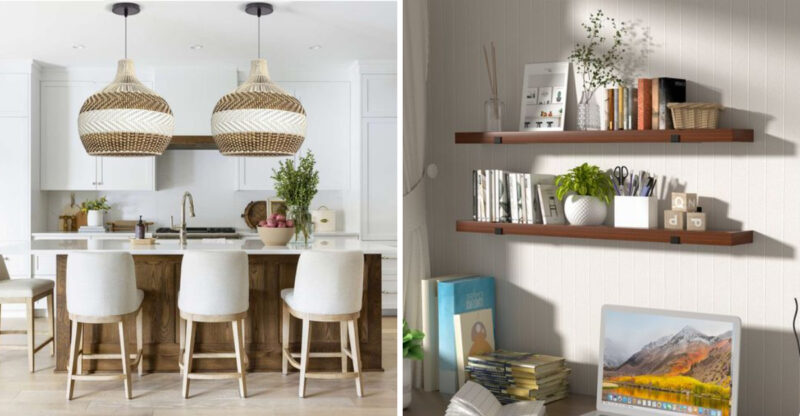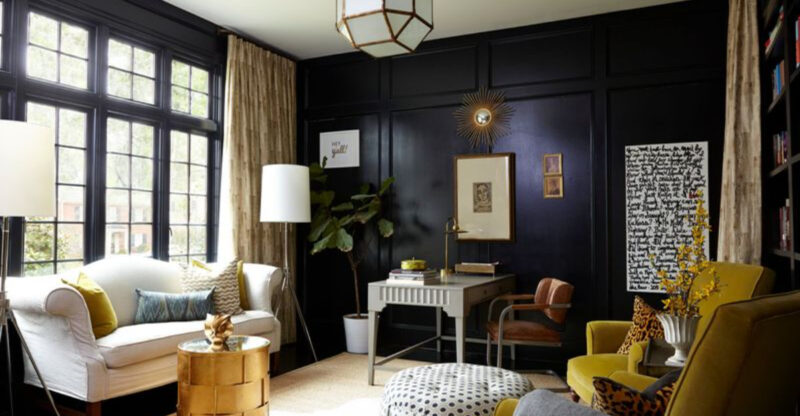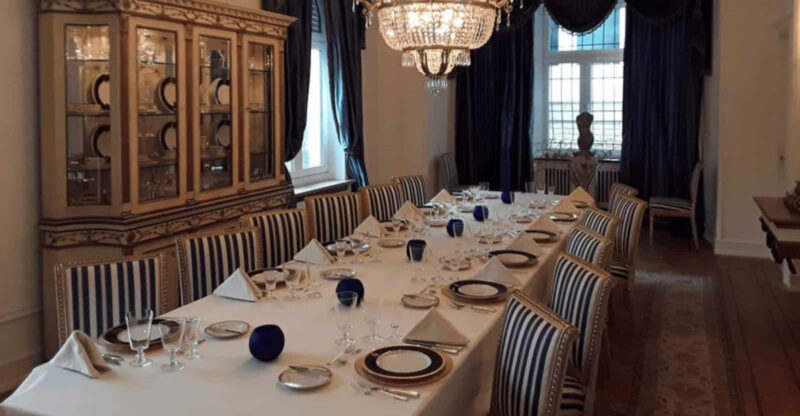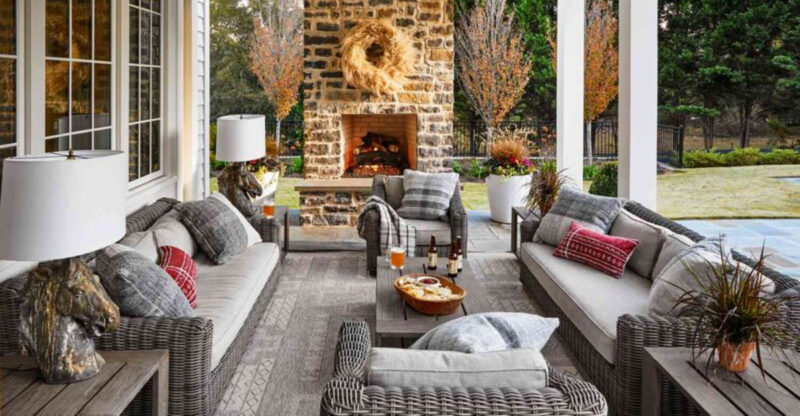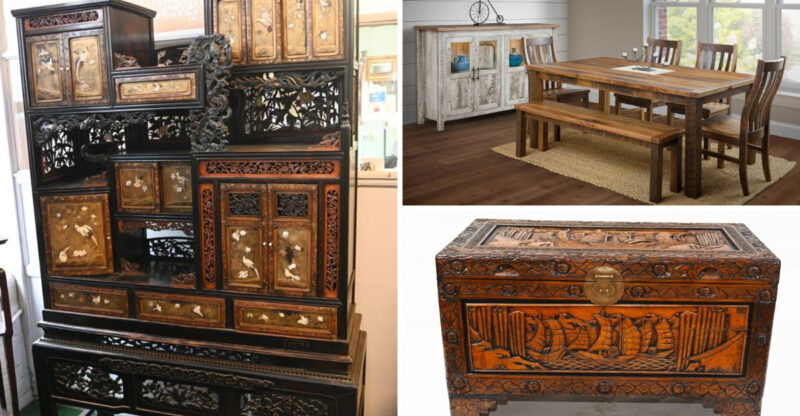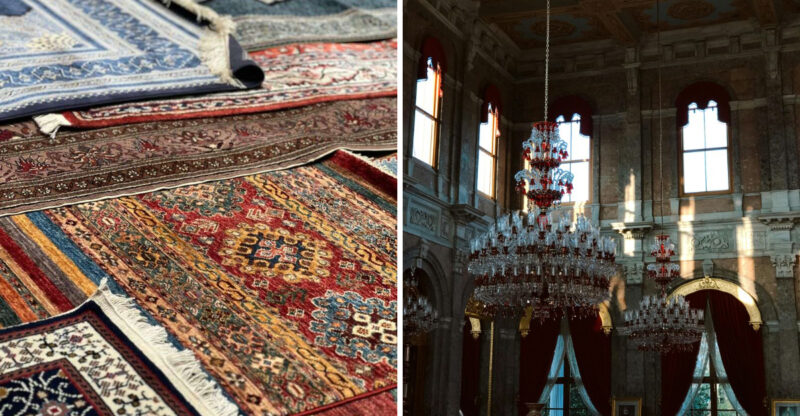Designers Share: 5 Mistakes That Cheapen Massachusetts Kitchens And 5 That Elevate Them
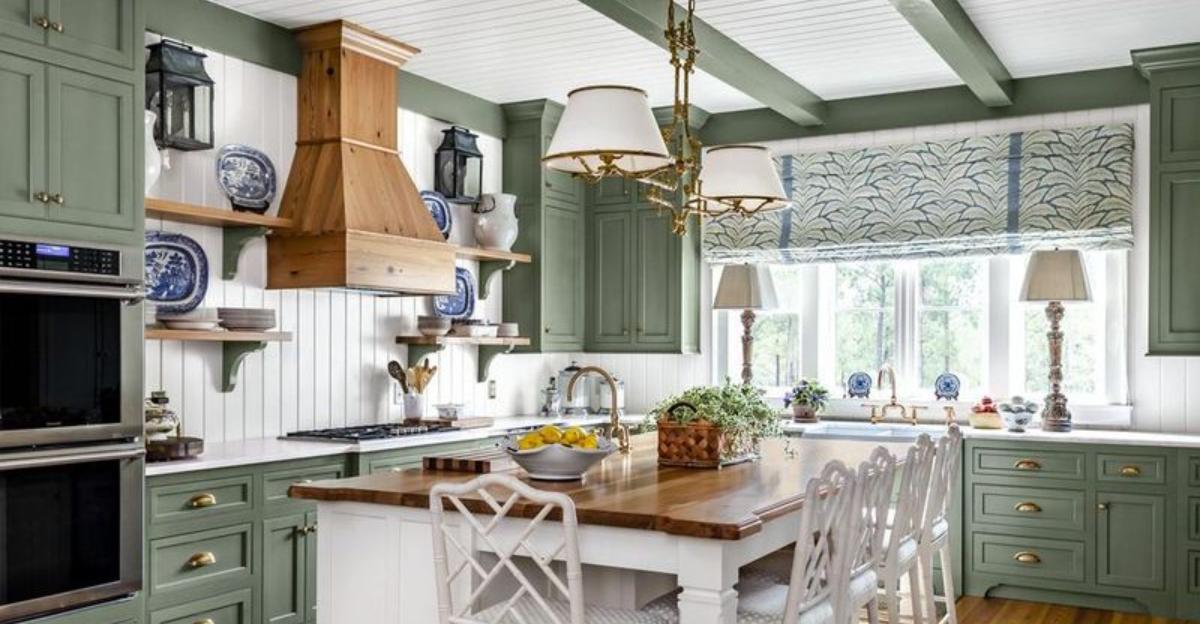
Massachusetts kitchens blend colonial charm with modern functionality, creating unique spaces that reflect both history and contemporary living. Local designers have identified common mistakes that can make these spaces look cheap, as well as smart design choices that elevate them to showcase the best of New England style.
Whether you’re renovating a Beacon Hill brownstone or a Cape Cod cottage, these insights will help you create a kitchen that honors Massachusetts’ distinctive architectural heritage.
1. Poor Lighting Choices
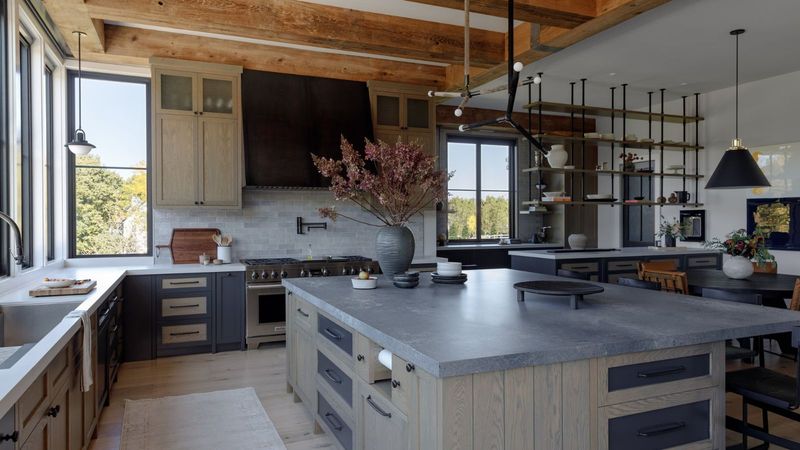
Walking into a dimly lit cooking space immediately creates an outdated, unwelcoming atmosphere. Harsh fluorescent fixtures cast unflattering shadows and make even high-end materials look cheap. Poor lighting choices can ruin an otherwise beautiful Massachusetts kitchen.
Designers recommend avoiding single overhead fixtures and instead incorporating multiple light sources that illuminate work areas while creating visual interest.
2. Inconsistent Cabinet Styles
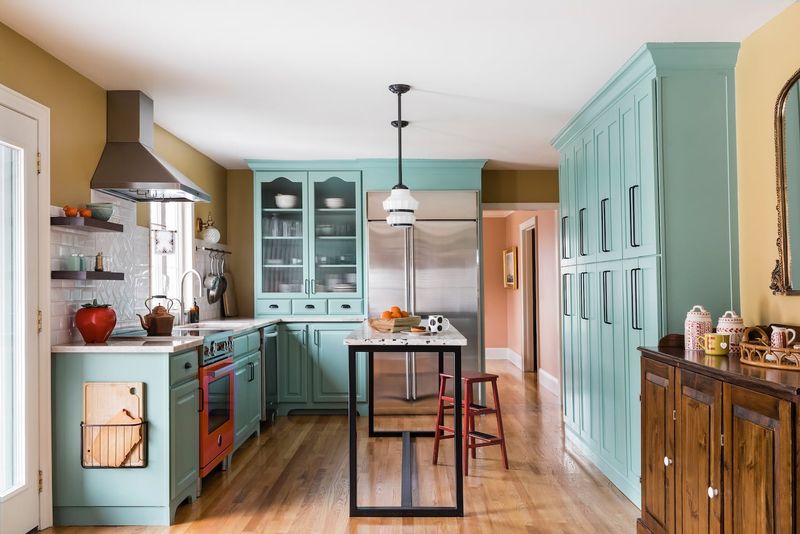
Mixing too many different door styles, finishes, or hardware creates visual chaos that screams ‘piecemeal renovation.’ Your eye doesn’t know where to rest when faced with competing design elements.
Inconsistent cabinet styles often result from budget-saving attempts that backfire aesthetically. Massachusetts homes, whether Victorian in Cambridge or Colonial in Concord, benefit from thoughtful cabinet cohesion that respects the architectural period.
3. Overuse Of Trendy Finishes
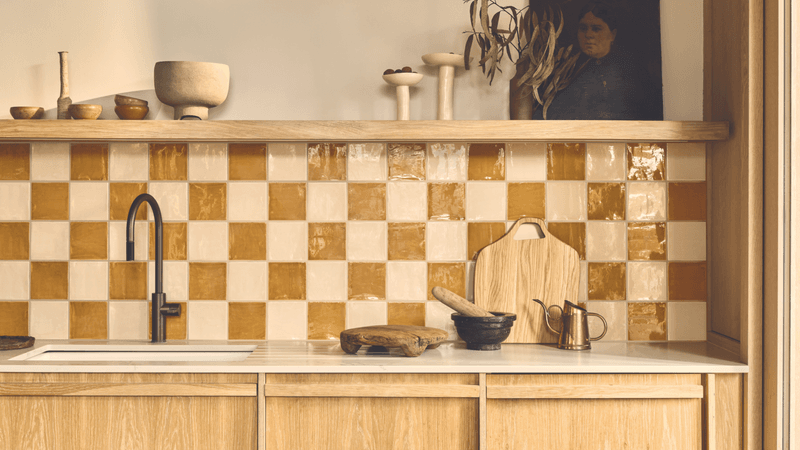
Remember when everyone installed glass mosaic backsplashes? Those kitchens now scream ‘2010’ louder than a Patriots fan at Gillette Stadium. Falling for short-lived trends dates your space almost immediately.
The overuse of trendy finishes creates kitchens that quickly look outdated. Massachusetts designers suggest avoiding ultra-trendy elements in favor of classic choices that complement the region’s historic architectural styles.
4. Low-Quality Countertop Materials
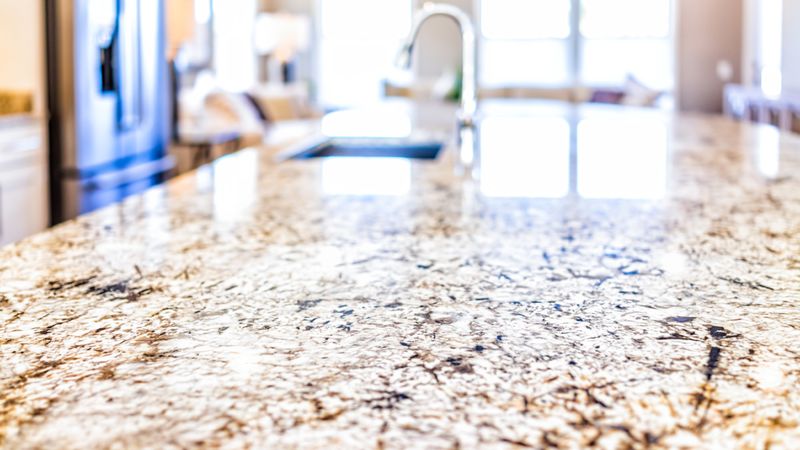
Flimsy laminate edges and visible seams instantly broadcast ‘budget renovation’ to anyone who enters. During harsh New England winters, when families gather indoors, these surfaces become focal points for all the wrong reasons.
Low-quality countertop materials may save money initially but cost more in replacement and lost home value. Massachusetts kitchens benefit from durable surfaces that stand up to the region’s seasonal cooking traditions.
5. Cluttered Or Inefficient Layouts
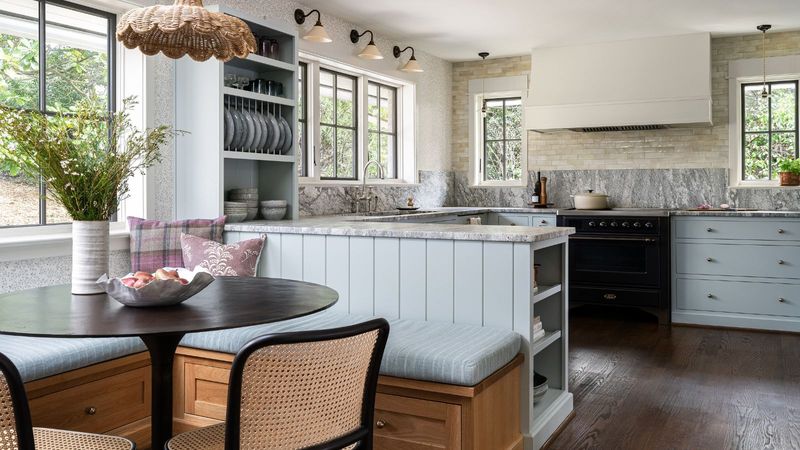
Navigating around poorly placed islands feels like trying to find parking in downtown Boston during a snowstorm. Awkward traffic patterns and wasted space make even spacious kitchens feel cramped and dysfunctional.
Unorganized layouts ignore the practical needs of a hardworking Massachusetts kitchen. Local designers emphasize the importance of workflow that accommodates everything from summer seafood boils to holiday cookie marathons.
6. Timeless Cabinetry And Millwork
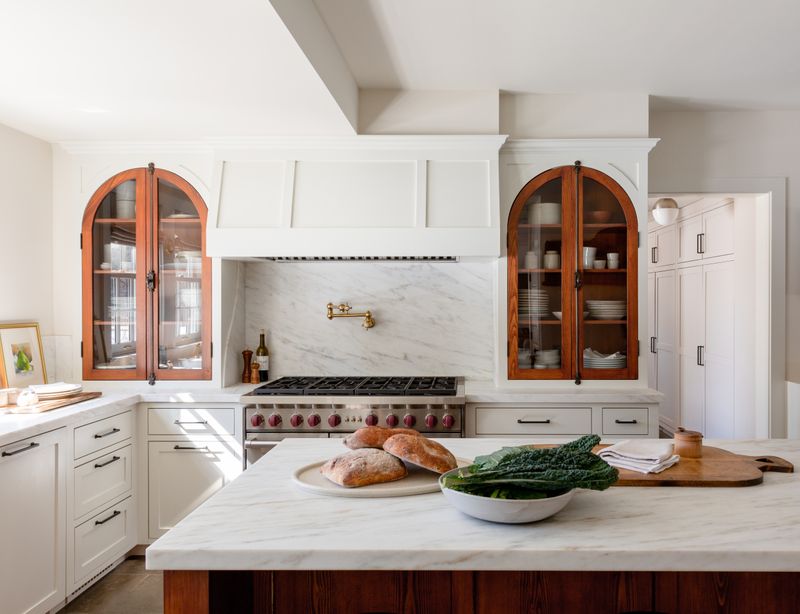
Craftsmanship speaks volumes in a region known for its historical woodworking traditions. Solid wood shaker cabinets with quality hardware create an instant sense of permanence and craftsmanship. Timeless cabinetry honors Massachusetts’ rich architectural heritage.
Whether in a Cambridge triple-decker or a Nantucket cottage, well-crafted cabinetry with clean lines and quality construction elevates the entire space without trying too hard.
7. High-Quality Natural Materials
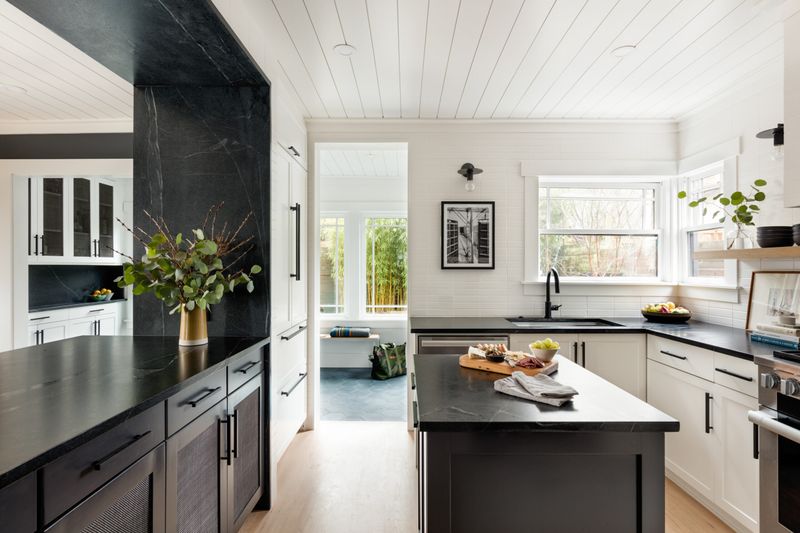
Running your hand across cool marble or genuine soapstone connects you to the earth in a way plastic laminates never will. Natural materials develop a patina that tells the story of family gatherings and holiday meals.
High-quality materials like Vermont soapstone or local quartzite bring authenticity to Massachusetts kitchens. These surfaces not only stand up to decades of use but also reference the region’s natural landscape and historical building traditions.
8. Layered Lighting Plans
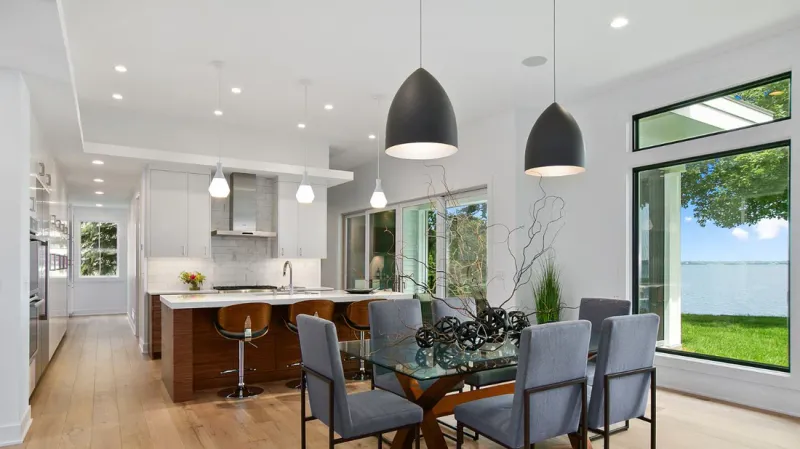
Magic happens when light dances across your kitchen from multiple sources. Soft under-cabinet illumination highlights beautiful backsplashes while pendant lights create pools of warmth over gathering spots.
Layered lighting transforms Massachusetts kitchens from merely functional to truly captivating. Designers recommend combining task lighting, ambient illumination, and accent fixtures to create depth that changes with the region’s dramatic seasonal light shifts.
9. Cohesive Color Palettes
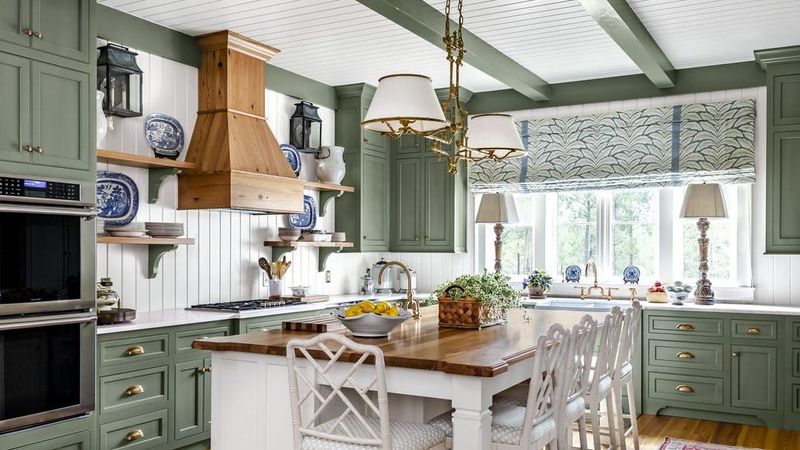
Harmony emerges when colors flow naturally from cabinets to walls to accessories. A restrained palette of three to five complementary hues creates a sense of intentional design rather than haphazard choices. Color schemes that connect the entire room together reflect the measured aesthetic that defines classic Massachusetts interiors. Local designers often draw inspiration from the region’s natural elements – ocean blues, granite grays, and autumn ambers – to create kitchens that feel connected to their surroundings.
10. Functional Storage Solutions
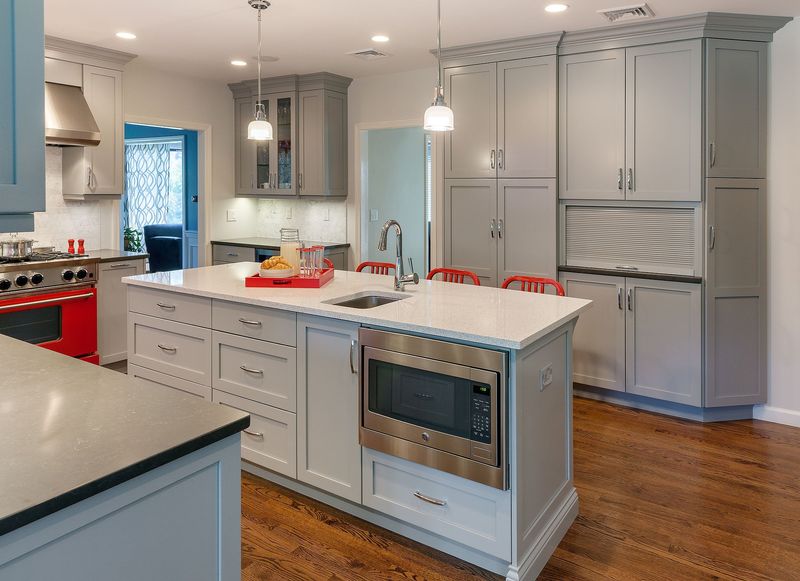
Behind every beautiful Massachusetts kitchen lies thoughtful organization that accommodates everything from heirloom serving pieces to modern appliances. Custom storage solutions transform how you experience your kitchen daily.
Functional storage eliminates countertop clutter while showcasing cherished items. Massachusetts designers excel at maximizing space in both compact city apartments and spacious suburban homes, creating specialized zones for everything from baking equipment to farmers’ market finds.

